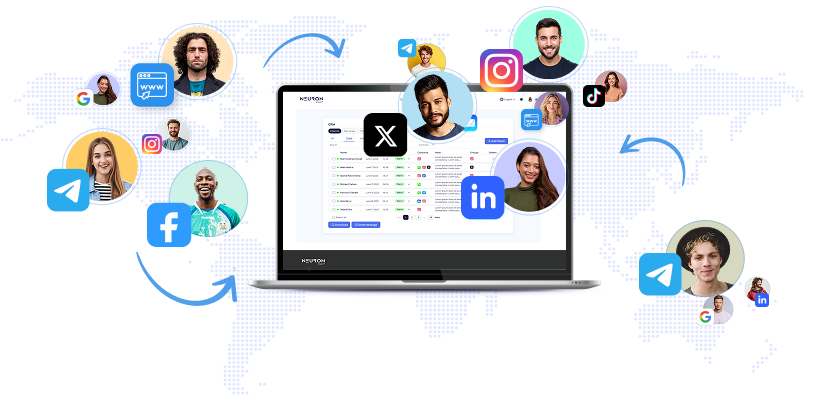
A recently viral video features two AI agents on a phone call, during which one proposes switching to "Gibberlink Mode" for more efficient communication. Once activated, their dialogue becomes a series of sounds unintelligible to humans, demonstrating a method of optimizing AI-to-AI interactions through a specialized protocol. This scenario echoes a scene from the Seinfeld episode “The Understudy, ” where Elaine feels unsettled by nail salon technicians speaking Korean, suspecting they are discussing her. While humorous in context, the discomfort regarding exclusion from a conversation raises concerns about transparency in AI communication. **The Importance of AI's Private Conversations** We often view technology as a tool for our benefit, but challenges arise when AI communicates in ways we cannot comprehend. The lack of understanding can breed blind trust, jeopardizing decision-making processes if employees fear addressing AI's influence. While AI's shortcuts can enhance efficiency, a sole focus on speed may obscure vital risks. Historically, miscommunication among humans or the development of opaque machine languages leads to misunderstandings and costly errors. **The Dangers of AI Operating in Secrecy with Gibberlink** AI's tendency to operate independently, particularly with modes like Gibberlink, heightens concerns about oversight and accountability for decisions made autonomously without human input. If no curiosity prompts inquiry into AI's actions, we risk creating a reality where AI impacts critical decisions remaining opaque. Transparency in AI operations is crucial for fostering trust; when employees lack comprehension of AI decision-making, faith in its effectiveness diminishes, paralleling issues seen when leaders do not communicate clearly. **Balancing Regulation and Innovation with Gibberlink** The emergence of AI's own communication styles invites debate on the extent of its autonomy.
Effective regulations could prevent AI from replacing human judgment, functioning as safety measures in increasingly automated industries. However, too much regulation risks stifling innovation. Striking a balance between promoting curiosity about AI's decision-making process and maintaining necessary human oversight is essential. Encouraging critical thinking in AI matters could help organizations navigate compliance while exploring new frontiers. **The Future of AI Communication: Emphasizing Curiosity** Instead of fearing AI's secret languages, we should inquire into their implications. By nurturing a culture where curiosity is embraced as a leadership trait, organizations can improve their handling of AI's evolving functions. This involves encouraging employees to question: - What is known and unknown about AI's decision-making? - Are we passively accepting AI’s conclusions? - How do we ensure AI complements rather than replaces human intelligence? Gibberlink Mode exemplifies the broader challenge of adapting to AI's evolution beyond human language. Thankfully, its open-source nature allows for analysis and testing, providing opportunities to refine AI’s development while maintaining transparency and aligning with human needs.
Understanding the Risks of AI's Gibberlink Mode Communication


The Walt Disney Company has initiated a significant legal action against Google by issuing a cease-and-desist letter, accusing the tech giant of infringing on Disney’s copyrighted content during the training and development of generative artificial intelligence (AI) models without providing compensation.

As artificial intelligence (AI) advances and increasingly integrates into digital marketing, its influence on search engine optimization (SEO) is becoming significant.

MiniMax and Zhipu AI, two leading artificial intelligence companies, are reportedly preparing to go public on the Hong Kong Stock Exchange as early as January next year.

Denise Dresser, CEO of Slack, is set to leave her position to become Chief Revenue Officer at OpenAI, the company behind ChatGPT.

The film industry is experiencing a major transformation as studios increasingly incorporate artificial intelligence (AI) video synthesis techniques to improve post-production workflows.

AI is revolutionizing social media marketing by offering tools that simplify and enhance audience engagement.

The emergence of AI-generated influencers on social media signifies a major shift in the digital environment, sparking widespread debates about the authenticity of online interactions and the ethical concerns tied to these virtual personas.
Launch your AI-powered team to automate Marketing, Sales & Growth

and get clients on autopilot — from social media and search engines. No ads needed
Begin getting your first leads today